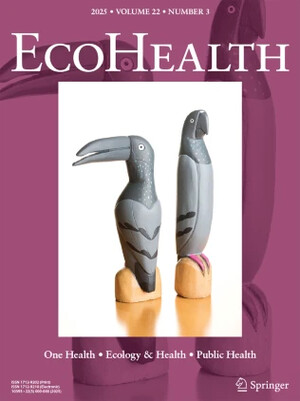
Global foot-and-mouth disease research update and gap analysis: 7 – Pathogenesis and molecular biology
Abstract
We assessed research knowledge gaps in the fields of FMDV (foot-and-mouth disease virus) pathogenesis and molecular biology by performing a literature review (2011–15) and collecting research updates (2014) from 33 institutes from across the world. Findings were used to identify priority areas for future research. There have been important advances in FMDV pathogenesis; FMDV remains in lymph nodes of many recovered animals that otherwise do not appear persistently infected, even in species previously not associated with the carrier state. Whether virus retention helps maintain host immunity and/or virus survival is not known. Studies of FMDV pathogenesis in wildlife have provided insights into disease epidemiology, in endemic and epidemic settings. Many aspects of FMDV infection and virus entry remain unknown; however, at the cellular level, we know that expression level and availability of integrins (that permit viral entry), rate of clearance of infected cells and strength of anti-viral type I IFN (interferon) response are key determinants of tissue tropism. Extending findings to improved understanding of transmission requires a standardized approach and adoption of natural routes of infection during experimental study. There has been recognition of the importance of autophagosomes for FMDV entry into the cytoplasm following cell surface receptor binding, and that distinct internal cellular membranes are exploited for viral replication and immune evasion. New roles for viral proteins in blocking type I IFN production and downstream signalling have been identified facilitating research in anti-viral therapeutics. We know more about how infection affects cell protein expression, and research into molecular determinants of capsid stability has aided the development of stable vaccines. We have an expanding knowledge of viral and host molecular determinates of virulence and infectiousness, and of how phylogenetics may be used to estimate vaccine match and strain distribution. With ongoing advances, these areas could translate into significantly improved disease control.
Citation
Robinson, L., Knight-Jones, T.J.D., Charleston, B., Rodriguez, L.L., Gay, C.G., Sumption, K.J. and Vosloo, W. 2016. Global foot-and-mouth disease research update and gap analysis: 7 – Pathogenesis and molecular biology. Transboundary and Emerging Diseases 63(Suppl. 1): 63–71.









